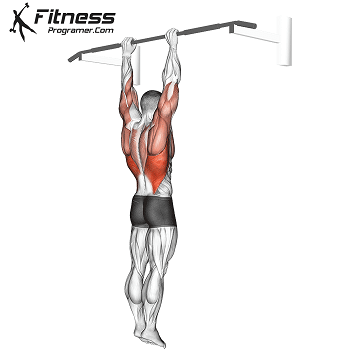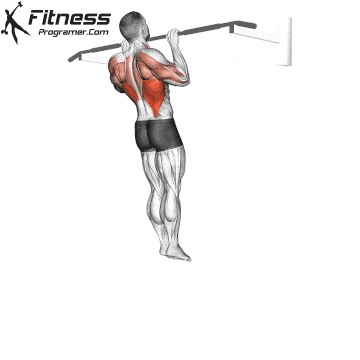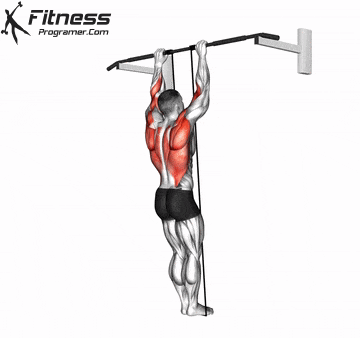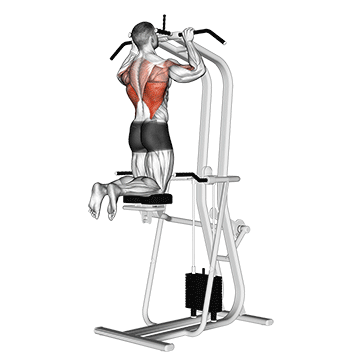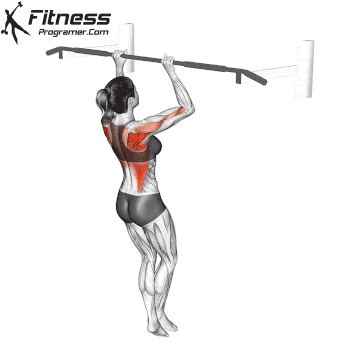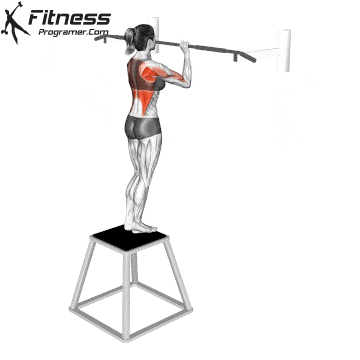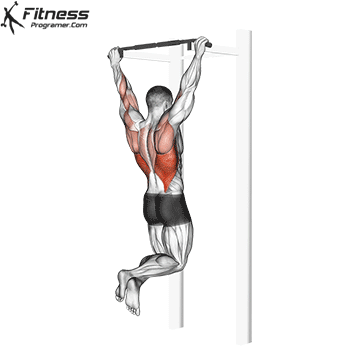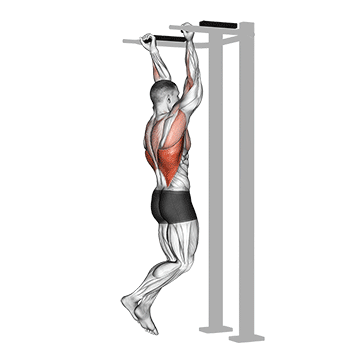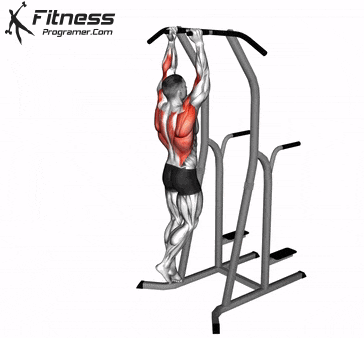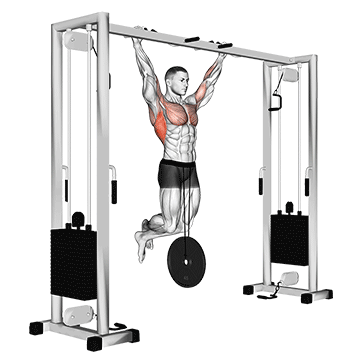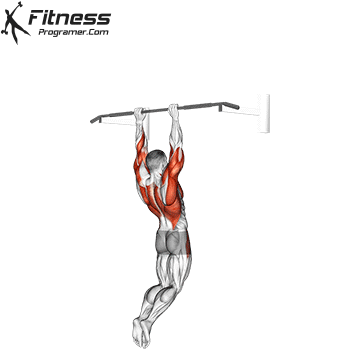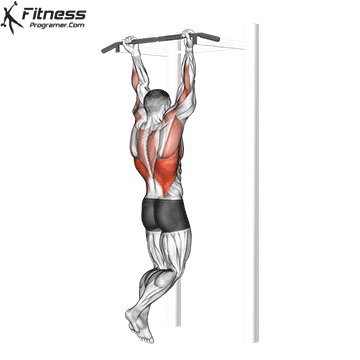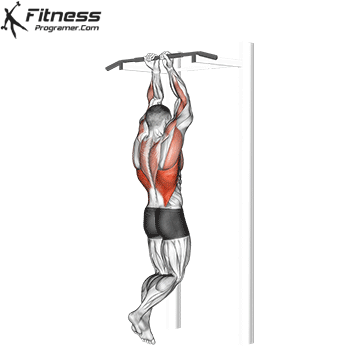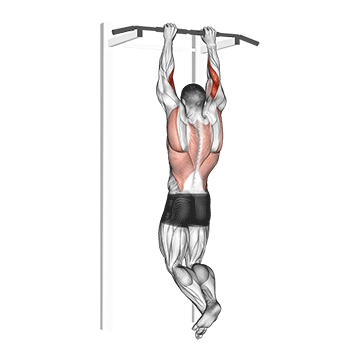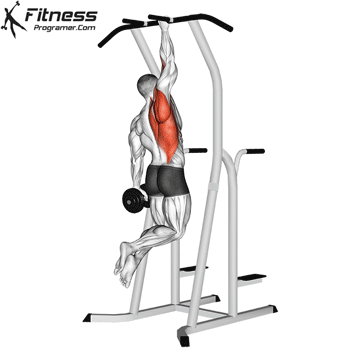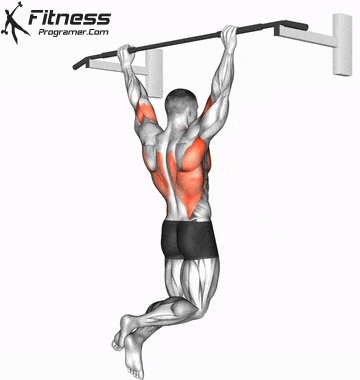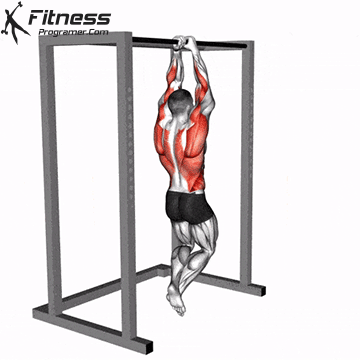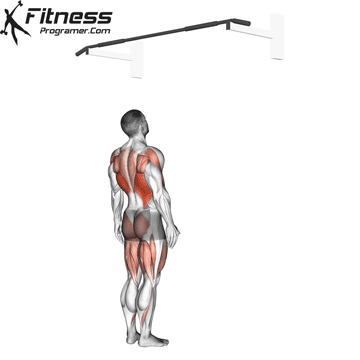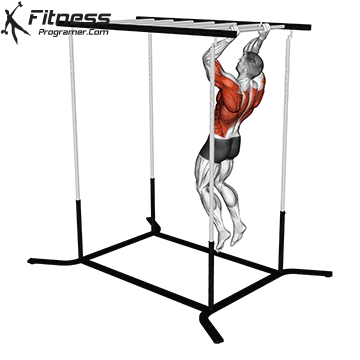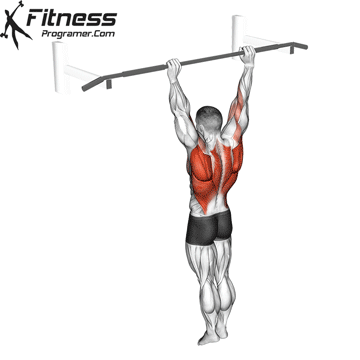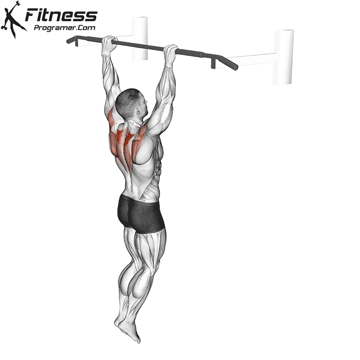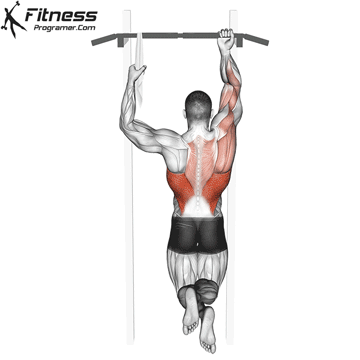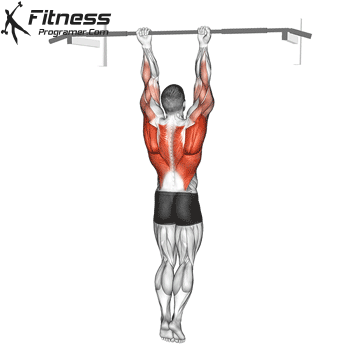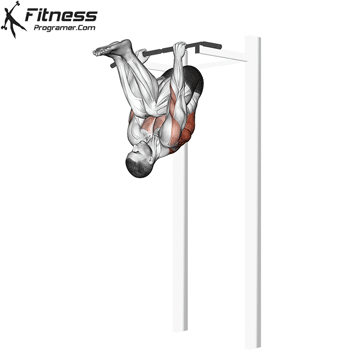Overview
The band assisted muscle-up is a progression exercise used to develop the strength, control, and technique required to perform an unassisted muscle-up. By using a resistance band for support, athletes can train the full range of the movement—pull, transition, and dip—while reducing the difficulty. This variation is excellent for beginners in skill development or advanced athletes refining explosiveness and timing.
How to perform Band Assisted Muscle-Up
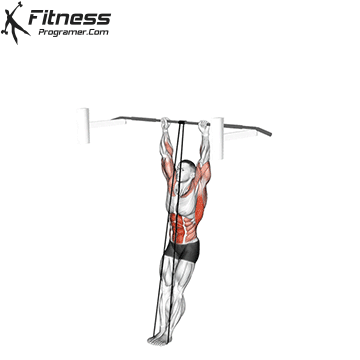
Loop a resistance band securely over a pull-up bar and place your feet or knees in the band.
Grip the bar firmly with hands slightly wider than shoulder-width, using a false grip if possible.
Engage your core and initiate a powerful pull-up with speed toward the bar.
As your chest nears the bar, lean forward and drive your elbows over to transition.
Press up into a dip position until your arms are fully extended.
Lower yourself slowly, returning through the dip and pull-up phase. Repeat.
Tips for Proper Form
Use explosive pulling force—this is key for clearing the bar.
Practice the false grip, which shortens the pulling path and improves leverage.
Keep the body tight to reduce energy leaks during the transition.
Lean forward over the bar during the transition to engage triceps early.
Control the descent, especially when returning through the dip.
Common Mistakes
Relying too much on the band, instead of pulling explosively.
Using a standard pull-up grip, making the transition harder.
Losing core tension, which reduces power output.
Failing to lean forward, leading to failed transitions.
Going too fast, skipping the technical steps of the movement.
Benefits of the Band Assisted Muscle-Up
Builds Explosive Pulling Power: Teaches the speed and strength needed to pull the chest above the bar.
Improves Transition Technique: Reinforces correct elbow and torso positioning for a smooth bar transition.
Reduces Joint Stress: The band support lowers impact during learning phases.
Develops Full-Body Coordination: Enhances neuromuscular timing between the pull, transition, and press phases.
Scalable and Adjustable: Band thickness can be varied to increase or reduce assistance.
Reinforces Core Engagement: Keeping the legs and trunk tight boosts efficiency and control.
Prepares for Unassisted Muscle-Ups: Builds confidence, form, and strength to progress safely and effectively.
How to Incorporate Into Your Routine
- For Beginners: Use a thick band and perform 3 sets of 3–5 reps, focusing on clean transitions.
- For Hypertrophy: Pair with dips and pull-ups for 3–4 sets to improve upper-body volume.
- For Strength: Use a thinner band and work on explosive reps for 2–3 sets of 3–4 reps.
- For Functional Training: Incorporate into skill-building routines 2–3 times per week.
- For Circuit Training: Add as a dynamic upper-body movement with shorter rest periods.
- For General Fitness: Use it to develop coordination, explosive power, and upper-body control.
- For Calisthenics Progression: Combine with negatives, transitions, and band-free drills for skill mastery.
Band Assisted Muscle-Up: Muscles Worked
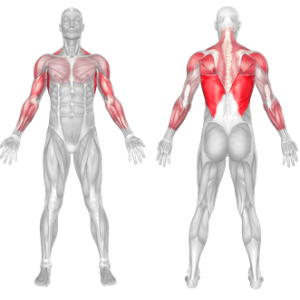
Band Assisted Muscle-Up Variations
Frequently Asked Questions
What type of band should I use?
Start with a medium-to-heavy resistance band and gradually progress to lighter assistance.
Is a false grip necessary?
It helps, especially during the transition, but you can learn without it at first.
Can I use a partner instead of a band?
Yes. A partner can support your back or legs for assistance if bands aren’t available.
How do I know when to remove the band?
Once you can complete 3–5 clean reps with a thin band and explosive form, you’re close to unassisted reps.
Is this exercise safe for shoulders?
Yes, if performed with good form. Warm up properly and progress gradually to avoid strain.

